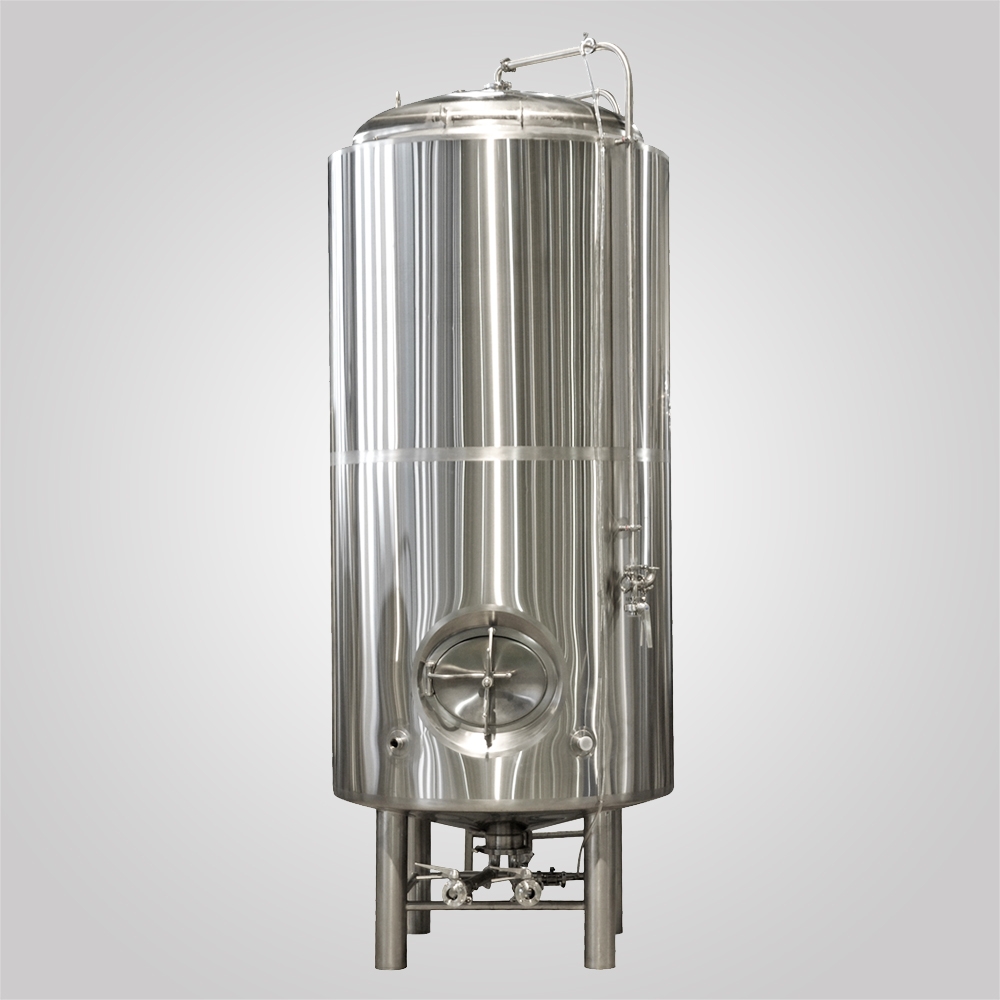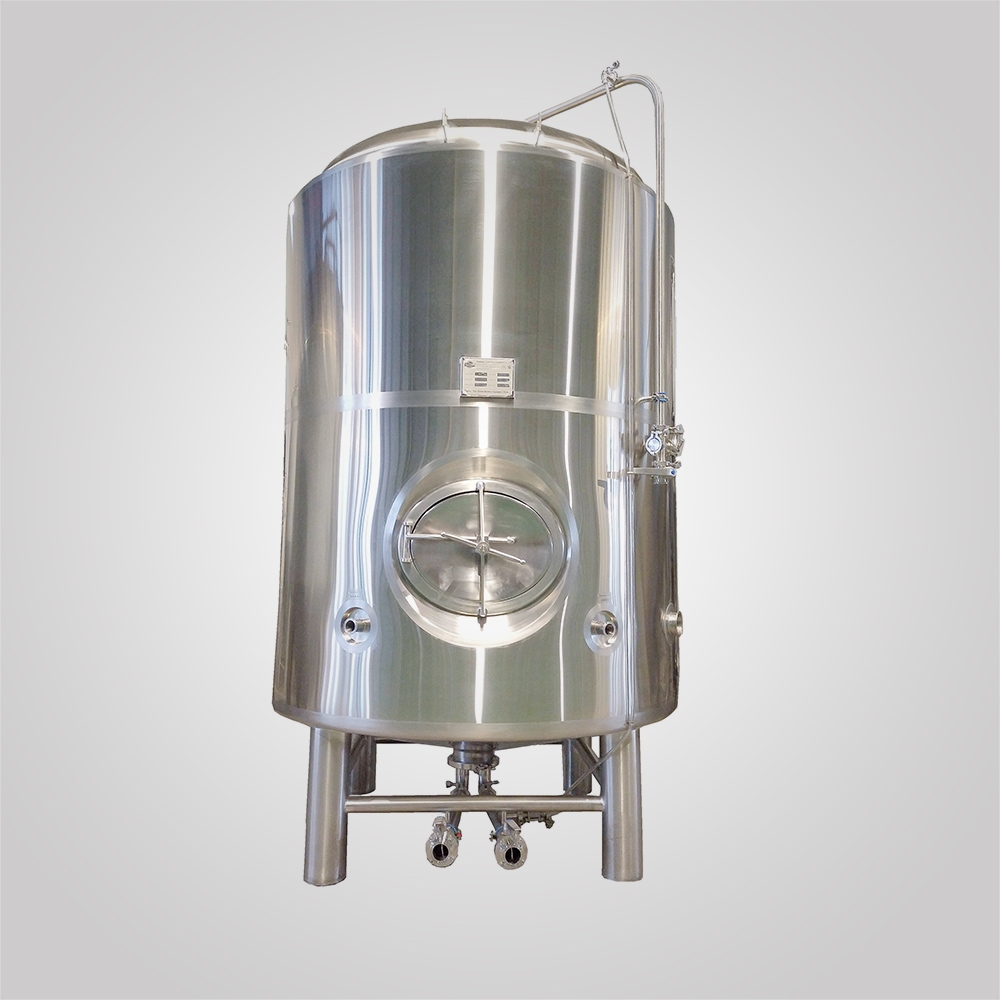Mashing is the brewer’s term for hot water steeping process which hydrates the barley, activates the malt enzymes, and converts the grain starches into fermentable sugars. There are several key enzyme groups that take part in the conversation of grain starches to sugars. During malting, the debranching(chainsaw), beta-glucanase(weed whacker) and proteolytic(lawnmower) enzymes do their work, preparing the starches for easy access and conversion to sugars. During the mash, a limited amount of further modification can be accomplished, but the main event is the conversion of starch molecules into fermentable sugars and unfermentable dextrins by the diastatic enzymes(hedge trimmer and clippers). Each of these enzyme groups is favoured by different temperature and PH conditions. A brewer can adjust the mash temperature to favor each successive enzyme’s function and thereby customize the wort to their taste and purpose.
The starches in the mash are about 90 % soluble at 130℉ and reach maximum solubility at 149℉. Both malted and unmalted grains have their starch reserves locked in a protein/carbohydrate matrix which prevents the enzymes from being able to physically contact the starches for conversation. Unmalted grain starch is more locked-up than malted. Crushing or rolling the grain helps to hydrate the starches during the mash. Once hydrated, the starch can be gelatinized(made soluble) by heat alone or by a combination of heat and enzyme action. Either way, an enzymatic mash is needed to convert the soluble starches to fermentable sugars.

Typical enzymes ranges in the mash.
Major Enzymes Groups and Functions

Note: The above numbers were averaged from several sources and should be interpreted as typical optimum activity ranges. The enzymes will be active outside the indicated ranges but will be destroyed as the temperature increase above each range.
More helpful information or discussions, please feel free to contact Damon, [email protected]
More helpful information or discussions, please feel free to contact Damon, [email protected]








.jpg)

Leave a Comment